These are ten of the most interesting Westerners who spent time in the Centennial State.
Bent Brothers
William and Charles Bent partnered with Ceran St. Vrain in the best known trading post west of the Mississippi. Established in 1833 on the Santa Fe Trail in what today is southeastern Colorado, Bent’s Fort was a gathering spot for travelers, trappers and traders. The Bent brothers forged lasting relationships with the Cheyennes and Arapahos.
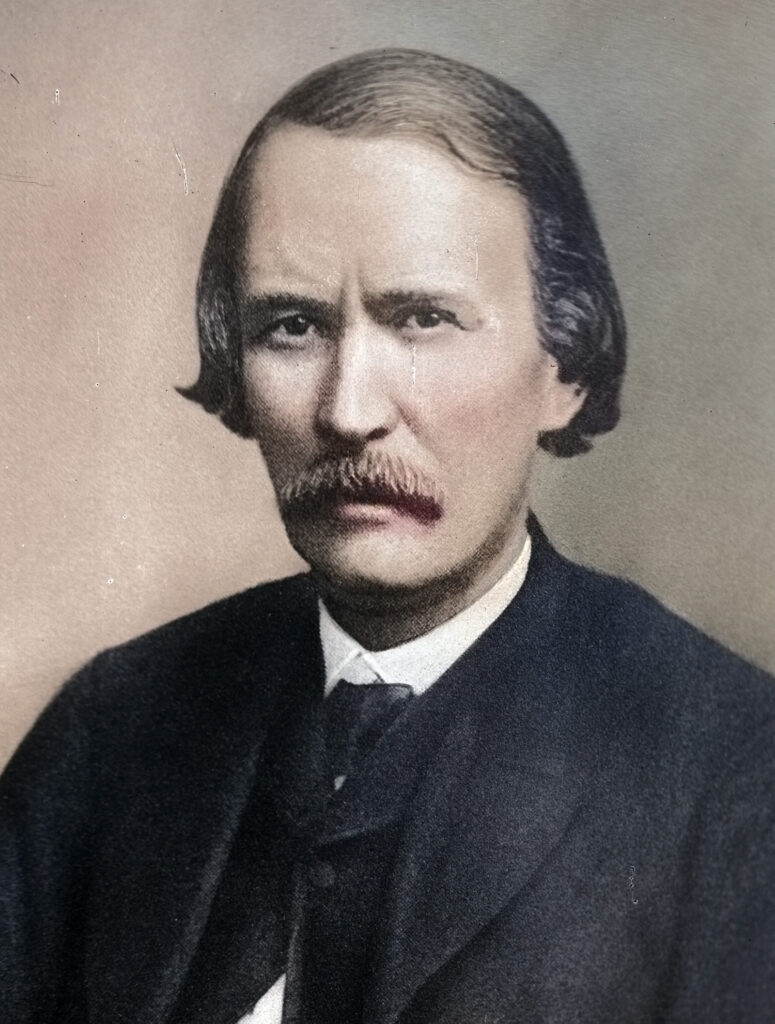
Kit Carson
Christopher “Kit” Carson began his career trapping beaver in the Colorado Rockies and hiring on as a hunter at Bent’s Fort. In the 1850s he served as an Indian agent, working for peace on behalf of his friend Ute Chief Ouray. Late in his career he commanded Fort Garland before taking up ranching in the San Luis Valley. Carson died at Fort Lyon on May 23, 1868, and was initially buried beside wife Josefa at their home in Boggsville.
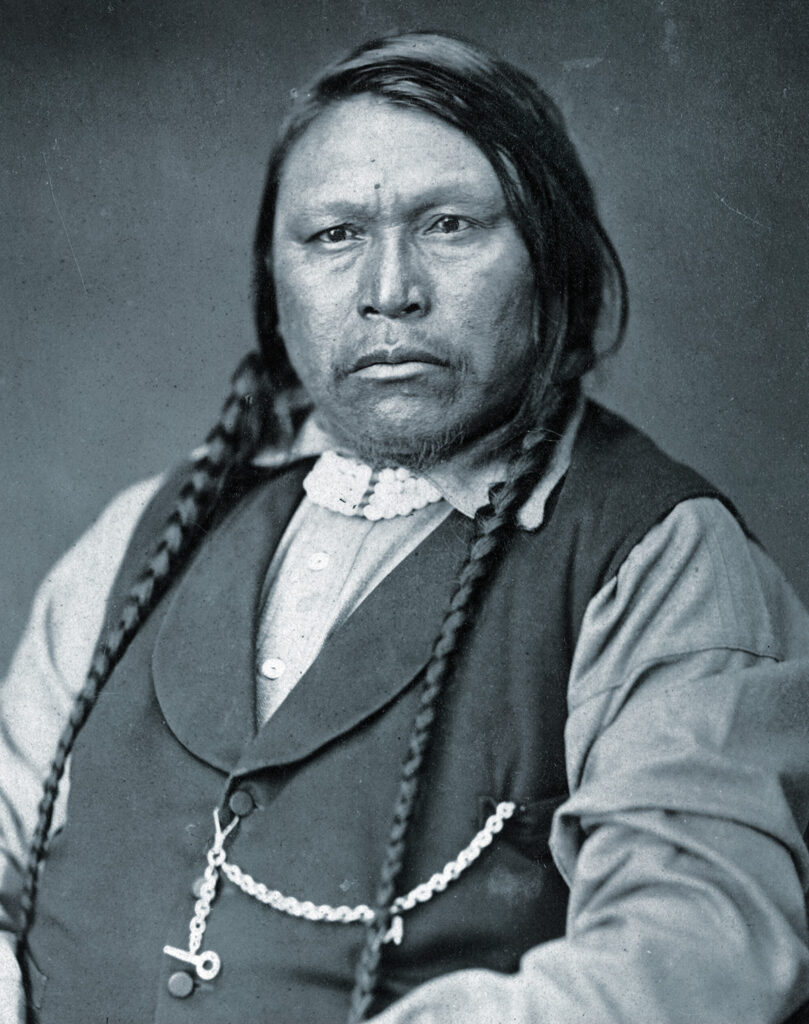
Chief Ouray
Born in 1833, the year of the shooting stars in tribal lore, the Ute chief sought peace with the U.S. government and preservation of his tribe’s hereditary lands at the height of the Indian wars. By life’s end he and wife Chipeta lived in a six-room house on a 300-acre farm along the Uncompahgre River near Montrose. Following his death on Aug. 24, 1880, despite Ouray’s best efforts, the government relocated the Utes to reservations in Utah.
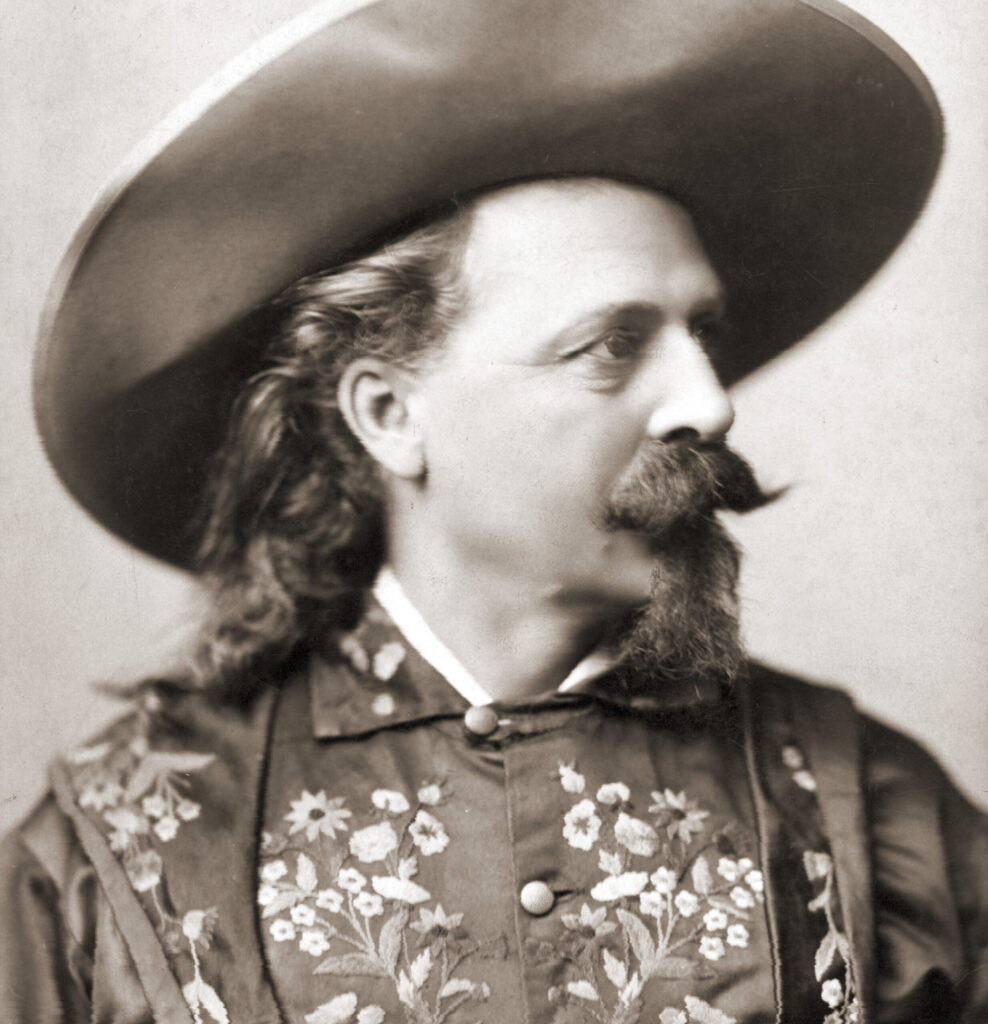
Buffalo Bill Cody
William Frederick Cody earned his reputation as an Army scout, his nickname as a buffalo hunter for the railroads and fame for touring worldwide with the best known Wild West show in American history. At age 13, however, he’d reportedly earned little during the 1859 gold rush to what would become Colorado. In later life he repeatedly visited his sister in Denver, where he died on Jan. 10, 1917. Cody is buried atop Lookout Mountain near Golden.
Doc Holliday
Tubercular dentist turned professional gambler and gunman John Henry Holliday came West for his health. After risking his life in Tombstone, Arizona Territory, backing the Earp brothers in the O.K. Corral fight and aftermath, Holliday made his way to Colorado, where he gambled in Trinidad, Pueblo and Leadville. The reputedly curative waters of Glenwood Springs failed to remedy his tuberculosis, and he died there on Nov. 8, 1887.
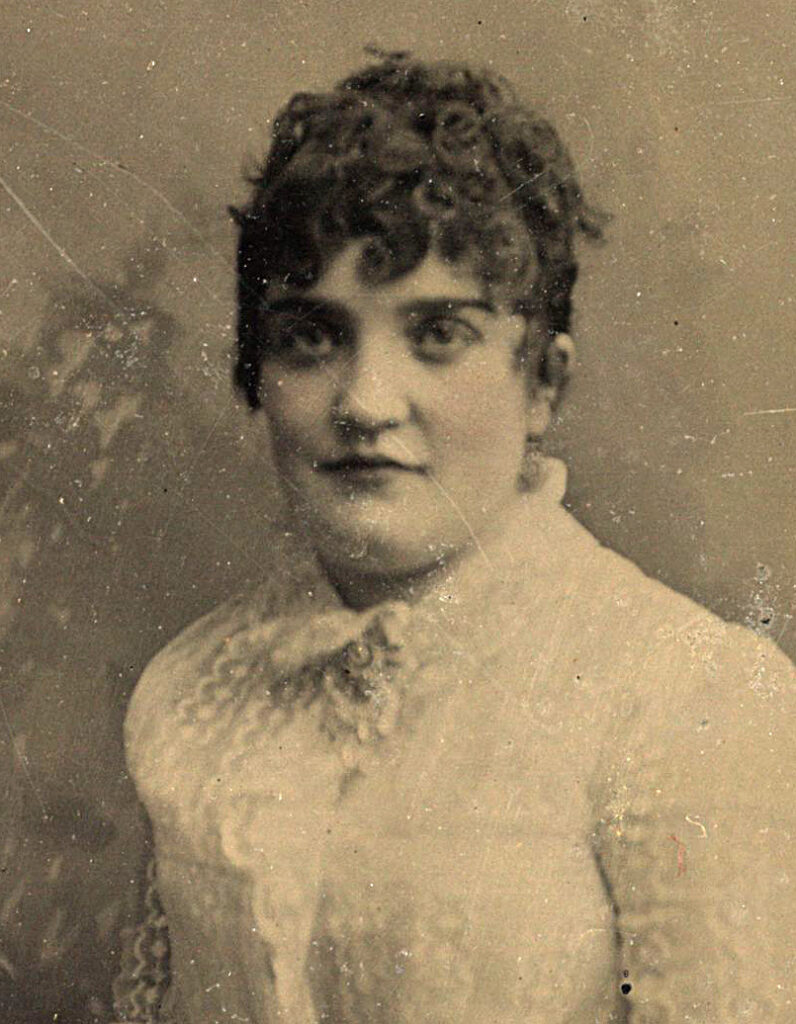
Baby Doe Tabor
The beautiful Elizabeth Bonduel McCourt divorced her worthless first husband in 1880, moved to Leadville and met silver magnate Horace Austin Warner “Haw” Tabor, who left his wife of 25 years to marry Baby Doe. Alas, Horace died destitute in 1899, leaving the widowed Baby Doe penniless once again. Her body was found frozen to her cabin floor in 1935.
Alferd Packer
Self-proclaimed wilderness guide Packer and five fellow travelers suffered in the San Juan Mountains during the harsh winter of 1874. The only one to emerge alive, Packer later confessed to cannibalism. Though he denied having killed the others, evidence suggested otherwise. Convicted of manslaughter, he served 18 years before being paroled in 1901. Packer died on April 23, 1907, in Deer Creek and is buried in Littleton Cemetery, a stone’s throw from this writer’s house.
Margaret Brown
A celebrated survivor of the 1912 sinking of RMS Titanic, this Colorado socialite, activist and philanthropist is best remembered as the “Unsinkable Molly Brown.” Known to family and friends as “Maggie,” she married mining engineer James Joseph Brown in Leadville in 1886, and in 1894 the successful couple bought a Victorian mansion in Denver preserved today as the Molly Brown House Museum. Maggie died in her sleep on Oct. 26, 1932.
Tom Horn
He served at times as a scout, soldier, range detective and Pinkerton agent, but Horn became notorious as a paid-for-hire killer. In 1900, while working for the Swan Land & Cattle Co. in northwest Colorado, he gunned down suspected rustlers Mat Rash and Isom Dart. In 1902 Horn was convicted of having murdered 14-year-old rancher’s son Willie Nickell near Iron Mountain, Wyo., and on Nov. 20, 1903, he was hanged in Cheyenne. His brother brought Tom’s body to Boulder for burial.
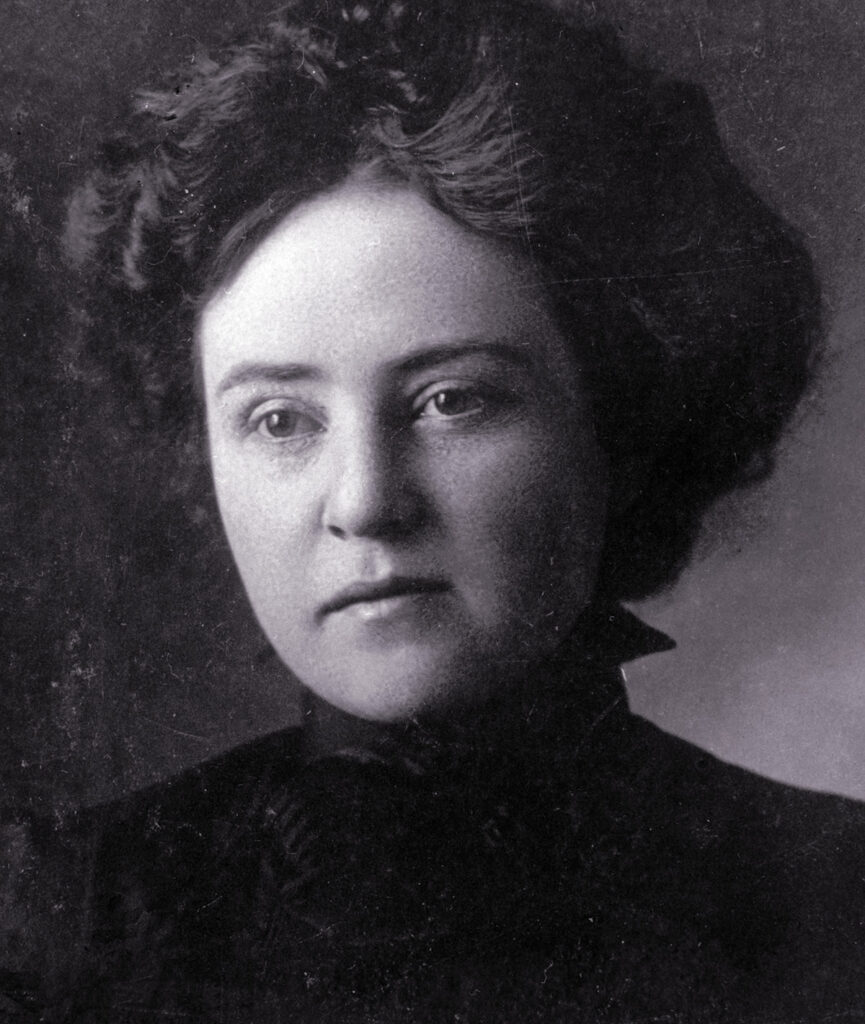
Ann Bassett
The first white child born in Browns Park, an isolated northwest Colorado valley notorious for rustling and illegal land grabs, Ann Marie Bassett was in the thick of the action for much of her life. After Tom Horn’s 1900 killing of Mat Rash, her fiancé, Bassett sought vengeance against Horn’s employer, cattle baron Ora Haley. Tried twice for cattle rustling, she was found not guilty both times. In an interview given just before her death on May 8, 1956, Bassett said, “I did everything they said I did and a helluva lot more.”





